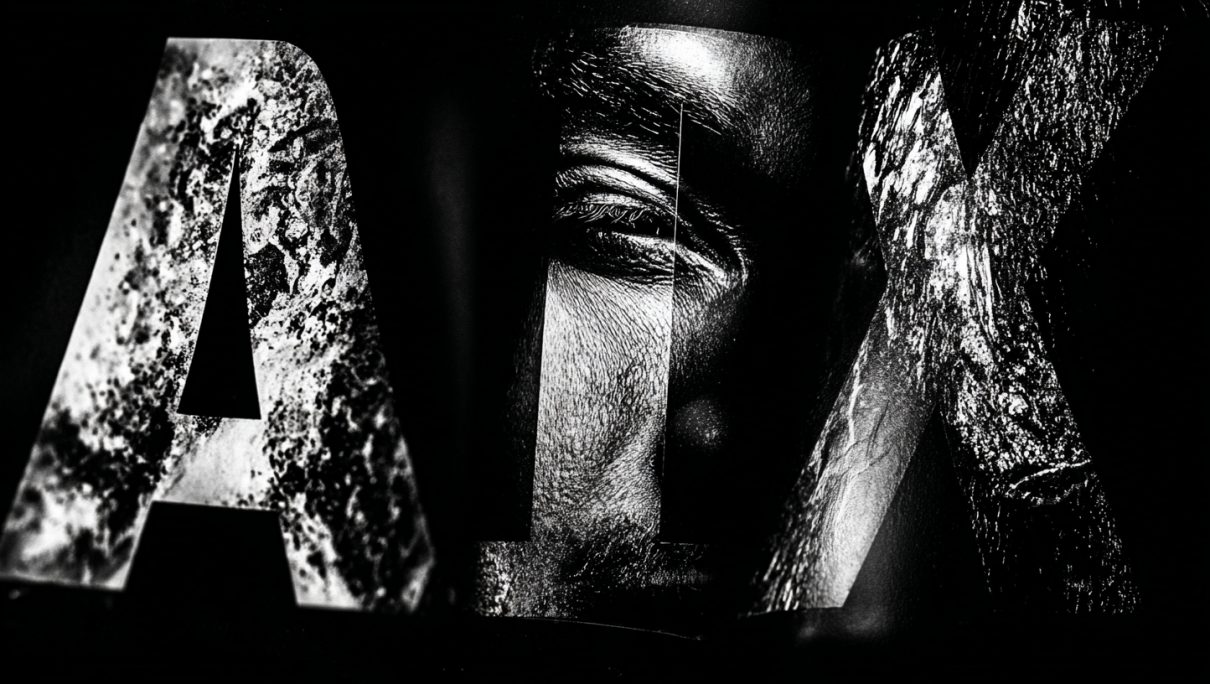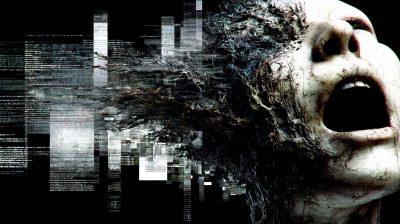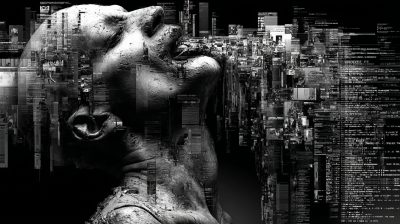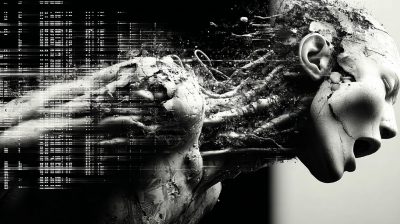The Myth of the Magic Mirror: Why One Image Fails to Capture a Human Soul for AI
We’ve all seen the alluring promise: „Upload one photo, and AI becomes you!“ It whispers of effortless digital twins, instant avatars, and seamless professional impersonation. But this pervasive idea – the myth of consistency driven by a single image – is fundamentally flawed, especially when we move beyond simple cartoon avatars into the complex realm of replicating real human behavior and appearance for professional use.
The Virtual Character Illusion: Controlled Simplicity
For a virtual character, conceived entirely within the digital realm, the argument holds some water. We, the creators, define its parameters. We decide: „This character has a subtle smirk,“ „They gesture precisely like this,“ „Their tone is dry and sarcastic.“ Its consistency is an engineered product. A single image, combined with these programmed behavioral rules, can suffice because the character’s entire existence is bounded by our initial definitions. It moves and speaks within a pre-set framework. There’s no underlying, unpredictable human complexity to capture; only the illusion we meticulously build.
The Real Human Challenge: A Universe in a Face
Replicating a real person, however, especially for professional contexts demanding authenticity (think personalized AI assistants, historical recreations, or bespoke digital doubles), is a quantum leap in complexity. A single image is merely a frozen sliver of a dynamic, living constellation.
-
The Mimicry Mirage: Human expression isn’t static. It’s a symphony of micro-movements, subtle shifts in muscle tension, fleeting glances, and unconscious gestures. A single photo captures one note. Ask that same AI model, trained on one image, to generate the person smiling, frowning, looking surprised, or making a „funny face“. The results are often jarring. The face morphs unnaturally, features distort, the underlying bone structure might seem to shift, and the essence of the person vanishes. You don’t get your smile; you get *a* smile awkwardly pasted onto a face vaguely resembling yours. This is the „One Image Smile Test“ – and it almost always fails. The character fundamentally changes because the AI lacks the data to understand how your specific face transitions between expressions.
-
The Context Conundrum: Humans are context machines. How we hold ourselves, the tilt of our head, the focus of our gaze, even the micro-expressions around our eyes – these shift dramatically based on the situation: a formal presentation, a relaxed conversation, receiving difficult news, sharing a joke. A single image provides one context. An AI trained solely on this cannot extrapolate how the person’s entire demeanor transforms across different scenarios. The professional „you“ in a board meeting is not identical to the „you“ at a casual coffee chat.
-
The Rotation Revelation: Even something as seemingly simple as rotating the viewpoint exposes the fragility. Generate an image of the person from the one-photo model turned 30 degrees, 60 degrees, or in profile. You’ll likely see subtle (or not-so-subtle) inconsistencies: ears misplaced, jawlines shifting, hairstyles warping. It becomes a game of „try and error,“ tweaking prompts and hoping for a resemblance, rather than a reliable, professional replication. This isn’t consistency; it’s approximation through brute force.
Beyond the Snapshot: The Path to Authentic Replication
This isn’t to say creating authentic AI replicas of real people is impossible. It is possible, but the myth of the single image dangerously underestimates the effort and understanding required.
-
Data Depth, Not Breadth (Alone): It requires capturing the depth of a person’s expressions and behaviors. This means multiple images and videos from various angles, capturing a range of expressions (smiling, neutral, concentrating, surprised) and potentially in different contexts.
-
Understanding the „Why“: Truly professional replication goes beyond pixels. It involves understanding the nuances – the slight raise of an eyebrow that signals skepticism, the specific way a laugh crinkles the eyes, the habitual gesture when thinking. This requires observation and annotation, feeding the AI not just what but how.
-
Sophisticated Modeling: Tools like LoRAs (Low-Rank Adaptations) or fine-tuned foundation models can achieve impressive results, but they require significant, diverse training data focused on the target individual. They learn the complex mappings between prompts („smile gently“) and the specific way that person manifests that prompt.
Shattering the Myth: A Call for Realism
The allure of the single-image solution is strong, fueled by impressive demos of stylized avatars or simple face swaps. But for professional, authentic replication of a real human being’s complex visual and behavioral identity, it’s a dead end. It produces unreliable, inconsistent results that break under the slightest pressure – a different expression, a new angle, a changed context.
The failure of the „one image smile“ or the distorted rotation isn’t a bug; it’s the inevitable consequence of trying to reconstruct a multidimensional, dynamic human essence from a single, frozen point in time. True digital consistency for real people demands respect for human complexity. It requires moving beyond the myth of the magic mirror and embracing the meticulous work of capturing a living constellation, not just a solitary star. The result isn’t instant, but it’s the only path to authenticity that doesn’t crumble upon closer inspection.
Omnipotence is not the ability to do anything; it is the delusion that context does not constrain possibility.
Websterix





